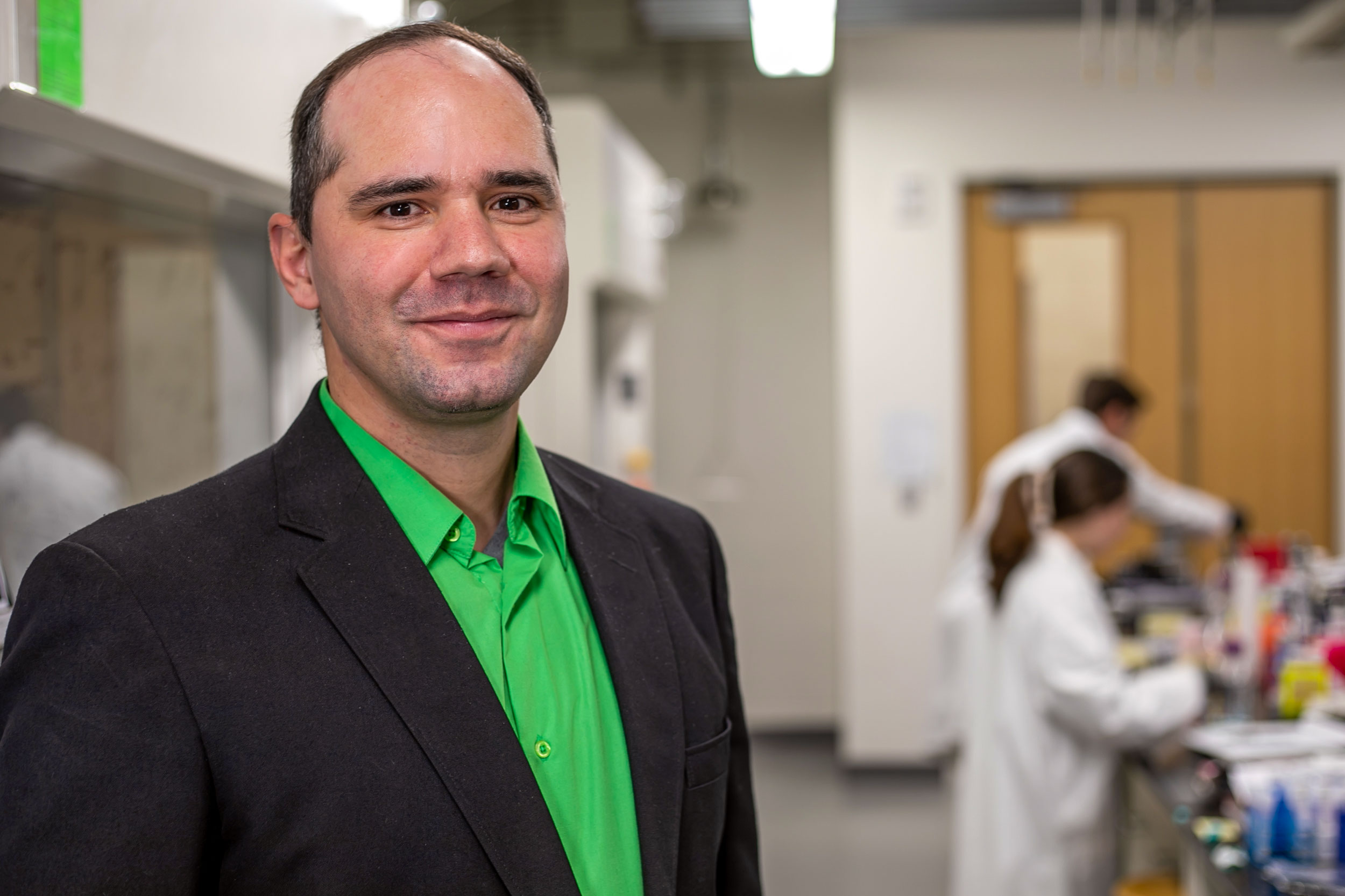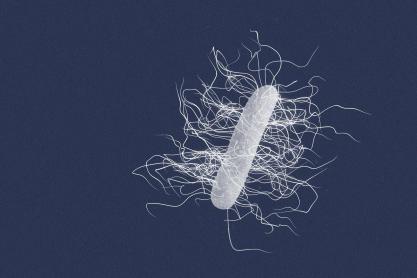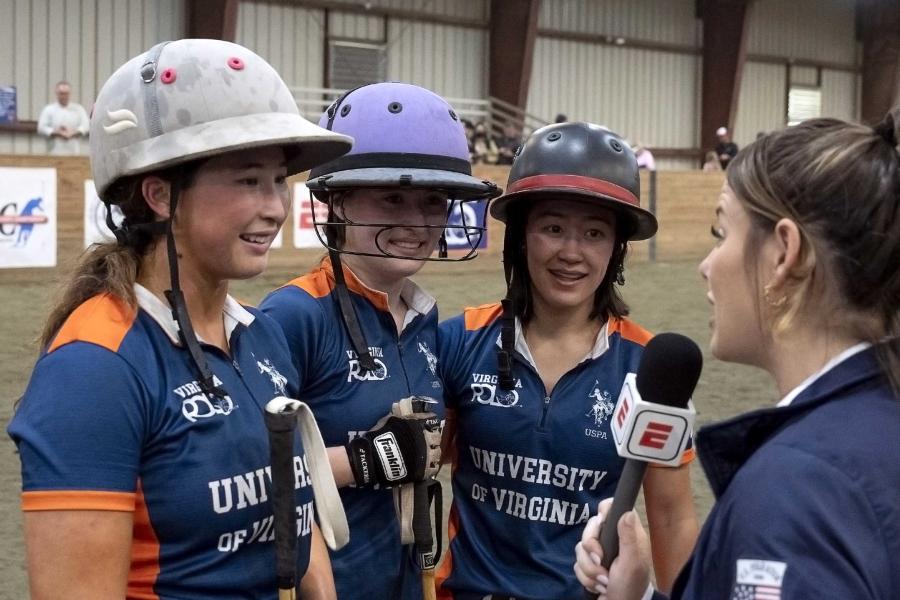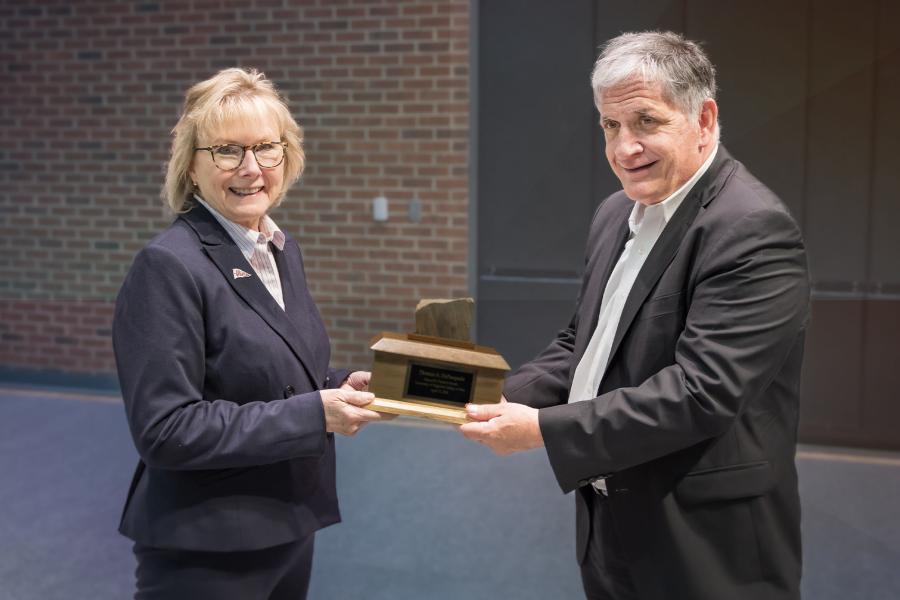
Research conducted by UVA chemist Marcos Pires and colleagues could help unlock new treatments for a variety of diseases. (Contributed photo)
At the same time, Pires said, he knew the material necessary to tag or label microbial cells for observation already existed.
With his research team, Pires studies the cell wall that surrounds individual bacteria cells, in particular a specific element known as peptidoglycan. The element consists of sugars and amino acids that form a rigid, mesh-like layer around most bacterial cells. In the lab, he has been able to develop molecules similar to peptidoglycan that attach to the walls of microbial cells. He can tag those cells with a light-emitting dye that can be observed with a high level of precision using a fluorescence microscope.
The non-invasive and non-harmful process will make it possible for researchers to see how these bacteria are moving and interacting with living cells in real time, a technological breakthrough that will significantly accelerate the pace of discovery for researchers studying the role of the microbiome.
According to Pires, it’s too early to say what benefit the discovery will have for human health, but it is a first step toward allowing scientists to observe the same processes in human subjects.
Given the number of microbes in the body, Pires said, science is beginning to think of the microbiome as another organ. That’s especially true in the digestive system, which represents the biggest population of microbes in the body.
“Our understanding of the links between bacterial cells is increasing dramatically,” Pires said. “It could impact immunology, diseases like diabetes and even our mental health. We think there are molecules being released by these cells that could actually impact neuro receptors.”
To help understand the implications of his work for medical science, Pires has partnered with Melanie Rutkowski, an associate professor of microbiology, immunology and cancer biology with UVA’s School of Medicine. Rutkowski’s research has established a strong connection between gut bacteria, the progression of breast cancer and the body’s ability to fight tumors.






